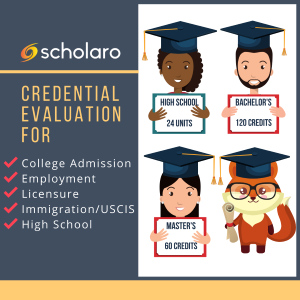A common confusion in credentialing is the Carnegie Unit and the Credit Hour. While these measures are historically linked, they are not synonymous. The difference can cause confusion for people entering the U.S. educational system from abroad, just as foreign educational systems can cause confusion for those trying to evaluate education from abroad.
At the beginning of the 20th century, American secondary education was in chaos. Only 30 states required schooling until the age of 14, and curriculum varied wildly across the nation. With burgeoning industries and an increasingly expansive and developed higher education system, industry and academia alike saw the need for a standardization of the American education system. Most tertiary institutions admitted students based upon the results of examinations, and employers suffered from the lack of a secondary credential conveying a dependable level of expertise.
Charles William Eliot, president of Harvard along with the Carnegie Foundation developed a standard of measurement for high school instruction which could enable institutions of secondary and tertiary to evaluate how much time a student spent in each high school subject. The standard, a Carnegie Unit, referred to one hour taught five days a week for twenty-four weeks in a year, where 12 weeks of study in a single class would be equal to half a unit: a total of 120 hours per year in a single subject.
By contrast, while derivative of the Carnegie Unit, the Credit Hour refers to the number of contact hours in a week over the course of a semester, roughly sixteen weeks. For tertiary study, this contact hour also entails twice as much time spent on homework. A class worth three credit hours will be expected to have an additional six hours per week of homework.
The development of these standards, along with other reforms in education at the turn of the last century, contributed greatly to the global success of the American education system through much of the 1900s. However, there are many critics of these systems of measurement, and some educators and administrators seek to reform the way we measure education in the United States. Variability in the lengths of school years, changes in the focus of desired educational outcomes, online learning, homeschooling, and self-study options that exist across the globe all challenge the usefulness of these measures. The U.S. Department of Education, for example, is moving away from a seat-time-based way of evaluating learning to competency-based assessment.
In this modern milieu of educational programs, when electronic issuance is the norm and global education varies wildly, Scholaro is here to help sort it all out. With Scholaro’s educational verification, employers and institutions can verify the authenticity of U.S. secondary education, and with Scholaro’s evaluation reports, we can provide conversions of secondary educational study to their appropriate Carnegie Units based upon internationally recognized publications and research.
